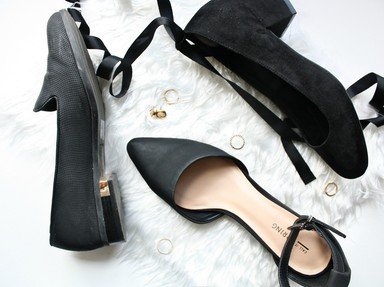Quiz Answer Key and Fun Facts
1. Is it true that high heels were initially worn by men rather than women?
2. The earliest depicted record of men wearing high heels appears in the ninth century. In which country associated with Cyrus the Great was this found?
3. By the time the Middle Ages rolled around, both men and women were wearing a type of wooden shoe with a raised heel for external wear. Designed to lift the foot up from the mud, dirt and dung, what were these shoes called?
4. By the 16th century, high heels had moved from being external wear only, to become ornate and decorated fashionable wear for well off men and women of fashion. This led to the birth of a saying we associate with the well-to-do of today. What is this expression?
5. By the late 18th and early 19th centuries, a subtle shift had occurred in the styles of the high heels worn by men and women. Men began wearing much lower heels than women. This has been attributed in part to which famous French leader?
6. That release from torture didn't last very long, however, and by the Victorian age, the high heel for women had made a victorious return. What beauty quality seen to be desirable in women contributed to this renaissance in footwear?
7. For a short time early in the 20th century, women began demanding more sensible shoes. Until a famous era began, that is. Associated with bright young things and flappers, which era was this?
8. Is it true that high heels were once banned from public buildings?
9. During the era of the 1960s and early 1970s, which social movement saw a determined effort to not only burn bras, but to also free women from the prison of high heels?
10. Today the debate continues - the for and against the wearing of high heels. Interestingly, while fashion designers are shrill in defence of the shoe, which profession is speaking out more and more against their wear?
Source: Author
Creedy
This quiz was reviewed by FunTrivia editor
salami_swami before going online.
Any errors found in FunTrivia content are routinely corrected through our feedback system.


